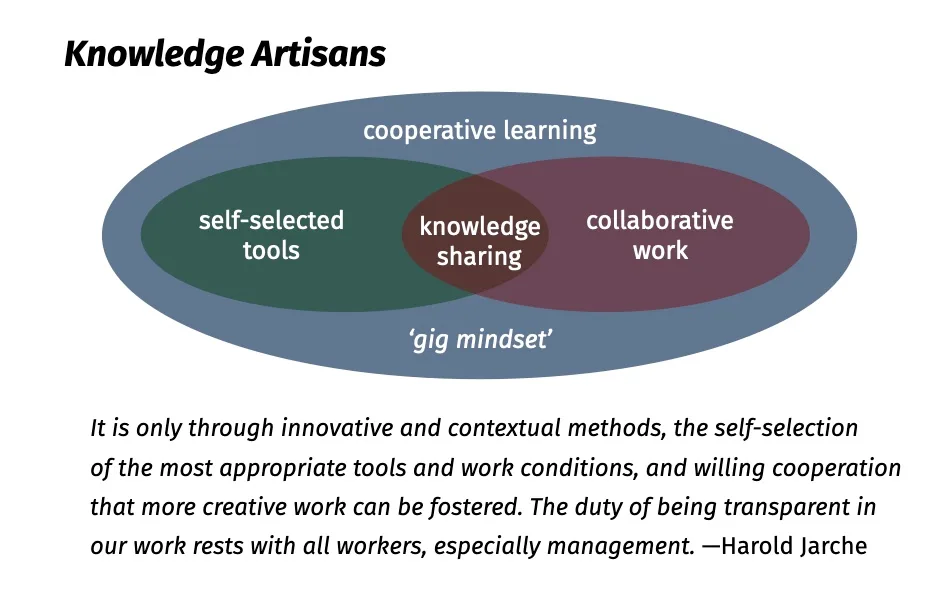In an article on the impact of AI on computer science education, the general conclusion is that all jobs will have a generative AI component and it will be necessary in most jobs to understand computer science. The piece opens with an experiment conducted by a professor with one of his computer science classes.
One group was allowed to use ChatGPT to solve the problem, the second group was told to use Meta’s Code Llama large language model (LLM), and the third group could only use Google. The group that used ChatGPT, predictably, solved the problem quickest, while it took the second group longer to solve it. It took the group using Google even longer, because they had to break the task down into components.
Then, the students were tested on how they solved the problem from memory, and the tables turned. The ChatGPT group “remembered nothing, and they all failed,” recalled Klopfer, a professor and director of the MIT Scheller Teacher Education Program and The Education Arcade.
Meanwhile, half of the Code Llama group passed the test. The group that used Google? Every student passed.
In manual, not automatic, for sensemaking (2012) I said that I prefer simpler tools that force me to think and connect by myself. If it was automatic I wouldn’t think about it much, but that’s what I want to do — think more, not less. By keeping sensemaking activities ‘manual’, we are forced to do something.
Following up on manual sensemaking (2023) I suggested that sensemaking is a manual skill, which can be assisted with various tools, but the most important tool is our mind, using good practices. Sensemaking consists of both asking and telling. It’s a continuing series of conversations. We know that conversation is the main way that non-codified knowledge gets shared. So we should continuously seek out ideas. We can then have conversations around these ideas to make sense of them. Sharing closes the circle, because sharing knowledge is every professional’s part of the social learning contract. Without effective sensemaking at the individual level, social learning at the community and organizational levels is mere noise amplification.
Conversation, not prompt engineering, is how people learn from each other. In the knowledge artisan era, work might include self-selected generative AI tools but there remains cooperative learning, knowledge sharing, and collaborative work to do between people to get complex tasks done.

